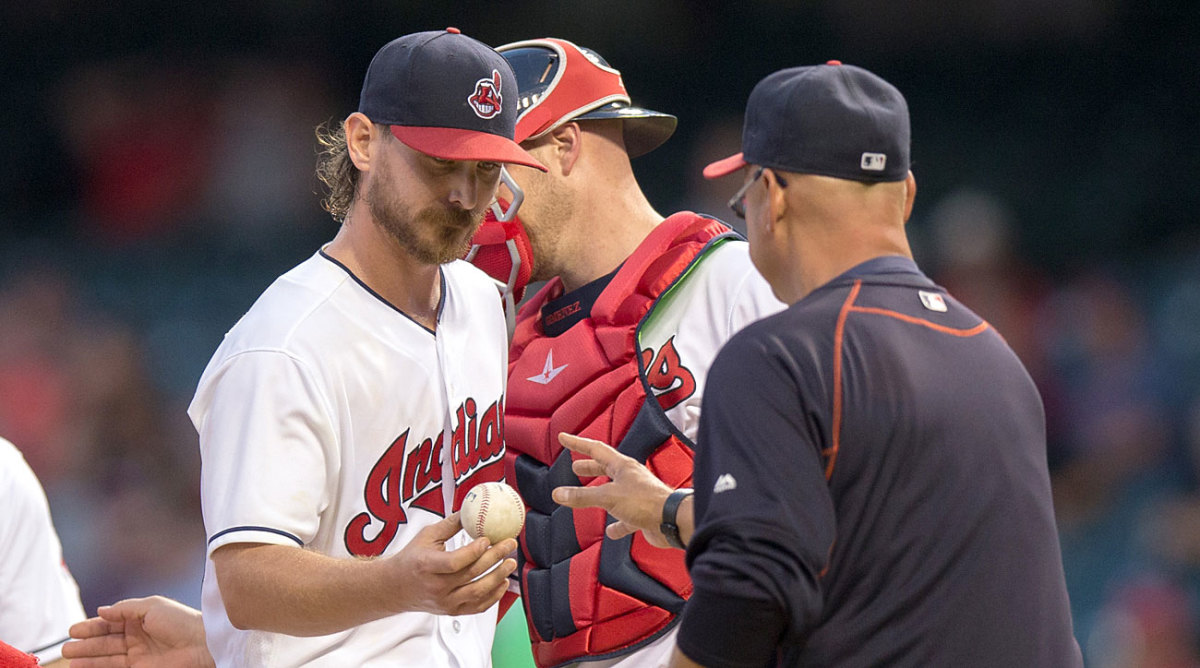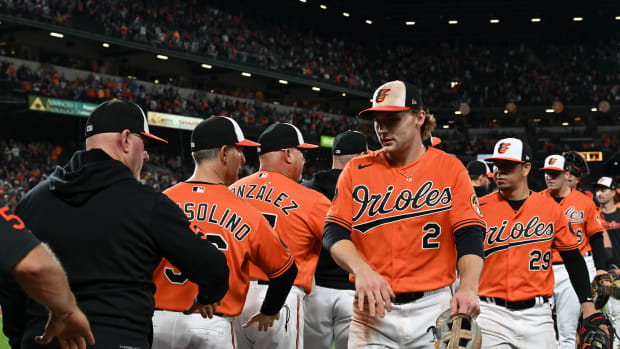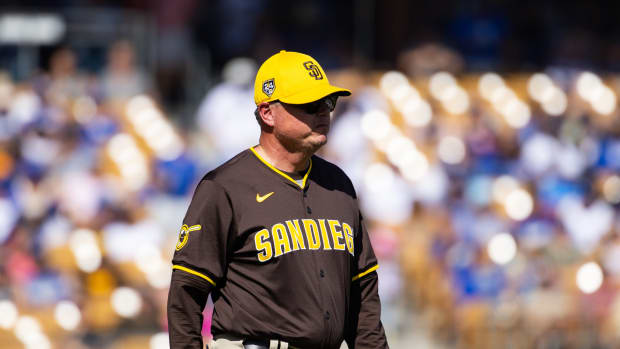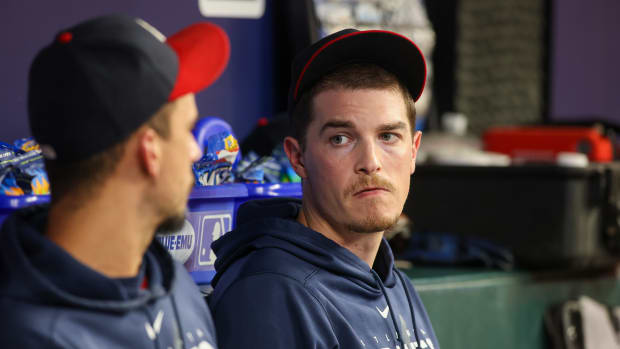4. How much more will bullpens take over the game?
Terry Francona said it best: There’s no way relief pitchers would hold up physically if managers used their bullpens as aggressively in the regular season as they did in the 2016 postseason. One explanation: the Indians had as many off days to play 15 postseason games as they did to play their last 142 regular-season games.
So don’t look for closers getting six-out saves. But what you can expect are more and more relievers picking up more and more innings. Managers last season set all-time records for relievers used (590), pitching changes (15,307), relief innings (15,892 2/3) and relief wins (799).
The game has changed dramatically in a short period. In just five years, the number of relievers has increased 15%, the innings they pitch have increased 12% and the appearances they make have increased 10%. Why is this happening? Because of a growing supply of pitchers who throw hard. Why is that inventory growing? Because we’ve learned that throwing a baseball hard is a very specific skill that with specialized training can be enhanced.
Last year, there were 156 more relief pitchers than were needed 20 years ago, and yet the average fastball velocity keeps climbing. Bemoaning the loss of “the good old days” when starting pitchers threw 250 innings is like bemoaning the loss of typewriters.
Couple better training with the application of more advanced analytics, and you begin to understand why managers are so quick to go to their bullpen. The game today typically pivots on what happens when a team’s lineup turns over for a third time. Now more than ever, that means the manager trusts his bullpen more than his starter in that spot. Starters faced fewer batters for a third time, on a per-game basis, than ever before. Here’s a snapshot of the change just in the last five years—the number of third plate appearances in a game against the starting pitcher:
2011: 33,837
2012: 32,094
2013: 32,232
2014: 32,589
2015: 30,820
2016: 29,240



































